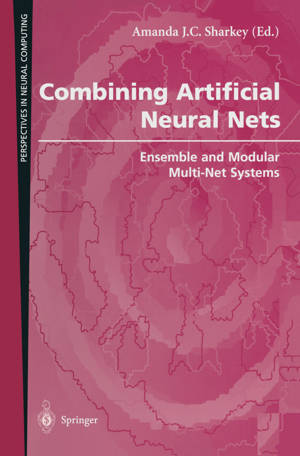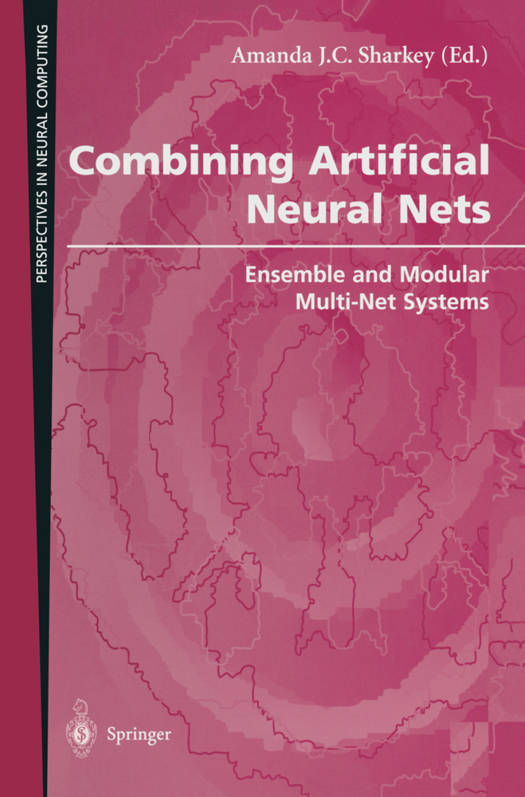
- Afhalen na 1 uur in een winkel met voorraad
- Gratis thuislevering in België vanaf € 30
- Ruim aanbod met 7 miljoen producten
- Afhalen na 1 uur in een winkel met voorraad
- Gratis thuislevering in België vanaf € 30
- Ruim aanbod met 7 miljoen producten
Zoeken
Combining Artificial Neural Nets
Ensemble and Modular Multi-Net Systems
€ 139,95
+ 279 punten
Omschrijving
The past decade could be seen as the heyday of neurocomputing: in which the capabilities of monolithic nets have been well explored and exploited. The question then is where do we go from here? A logical next step is to examine the potential offered by combinations of artificial neural nets, and it is that step that the chapters in this volume represent. Intuitively, it makes sense to look at combining ANNs. Clearly complex biological systems and brains rely on modularity. Similarly the principles of modularity, and of reliability through redundancy, can be found in many disparate areas, from the idea of decision by jury, through to hardware re- dundancy in aeroplanes, and the advantages of modular design and reuse advocated by object-oriented programmers. And it is not surprising to find that the same principles can be usefully applied in the field of neurocomput- ing as well, although finding the best way of adapting them is a subject of on-going research.
Specificaties
Betrokkenen
- Uitgeverij:
Inhoud
- Aantal bladzijden:
- 298
- Taal:
- Engels
- Reeks:
Eigenschappen
- Productcode (EAN):
- 9781852330040
- Verschijningsdatum:
- 22/01/1999
- Uitvoering:
- Paperback
- Formaat:
- Trade paperback (VS)
- Afmetingen:
- 156 mm x 234 mm
- Gewicht:
- 480 g

Alleen bij Standaard Boekhandel
+ 279 punten op je klantenkaart van Standaard Boekhandel
Beoordelingen
We publiceren alleen reviews die voldoen aan de voorwaarden voor reviews. Bekijk onze voorwaarden voor reviews.










